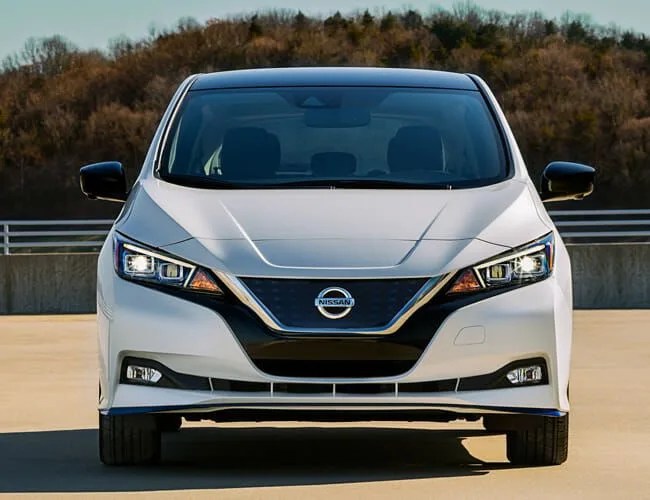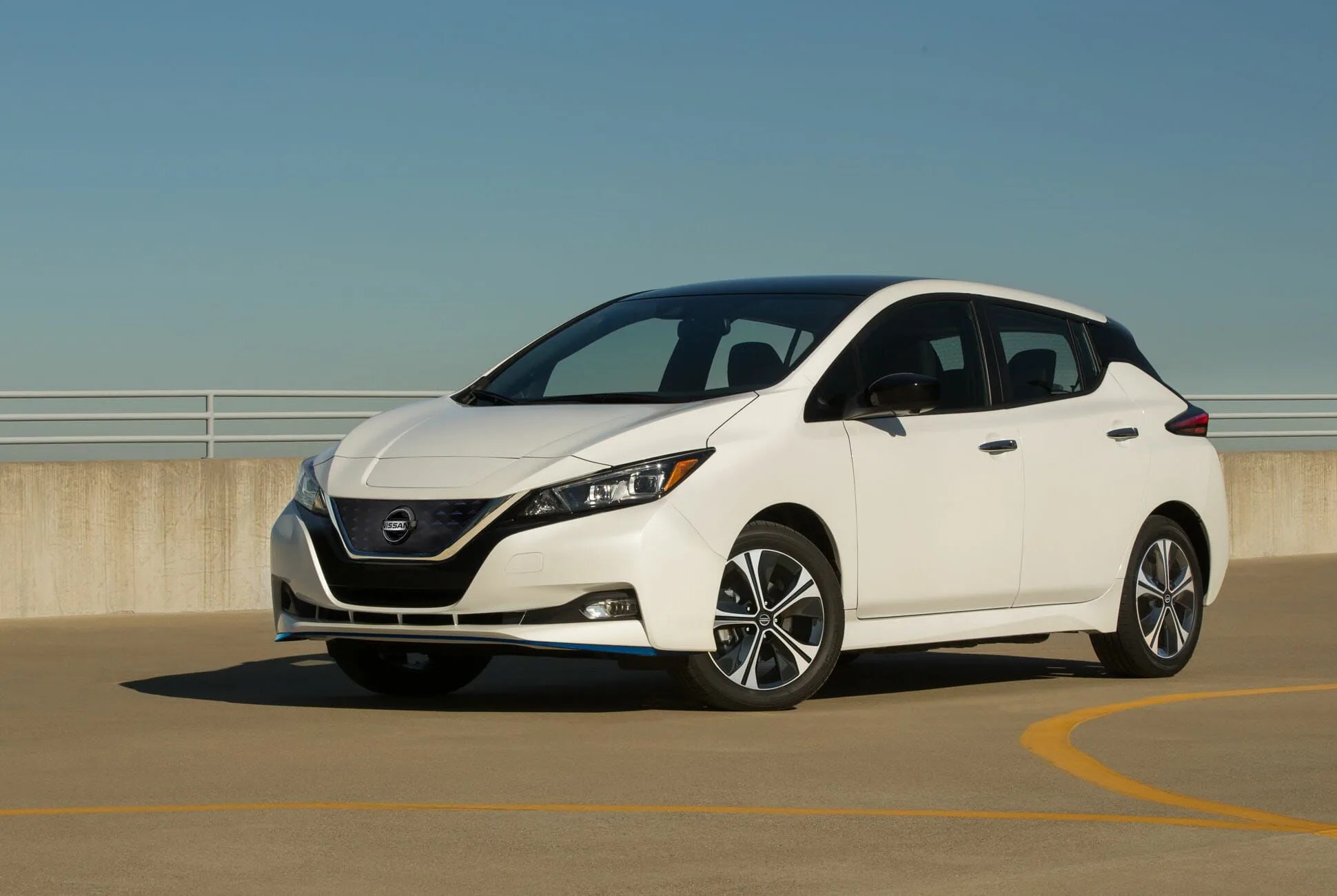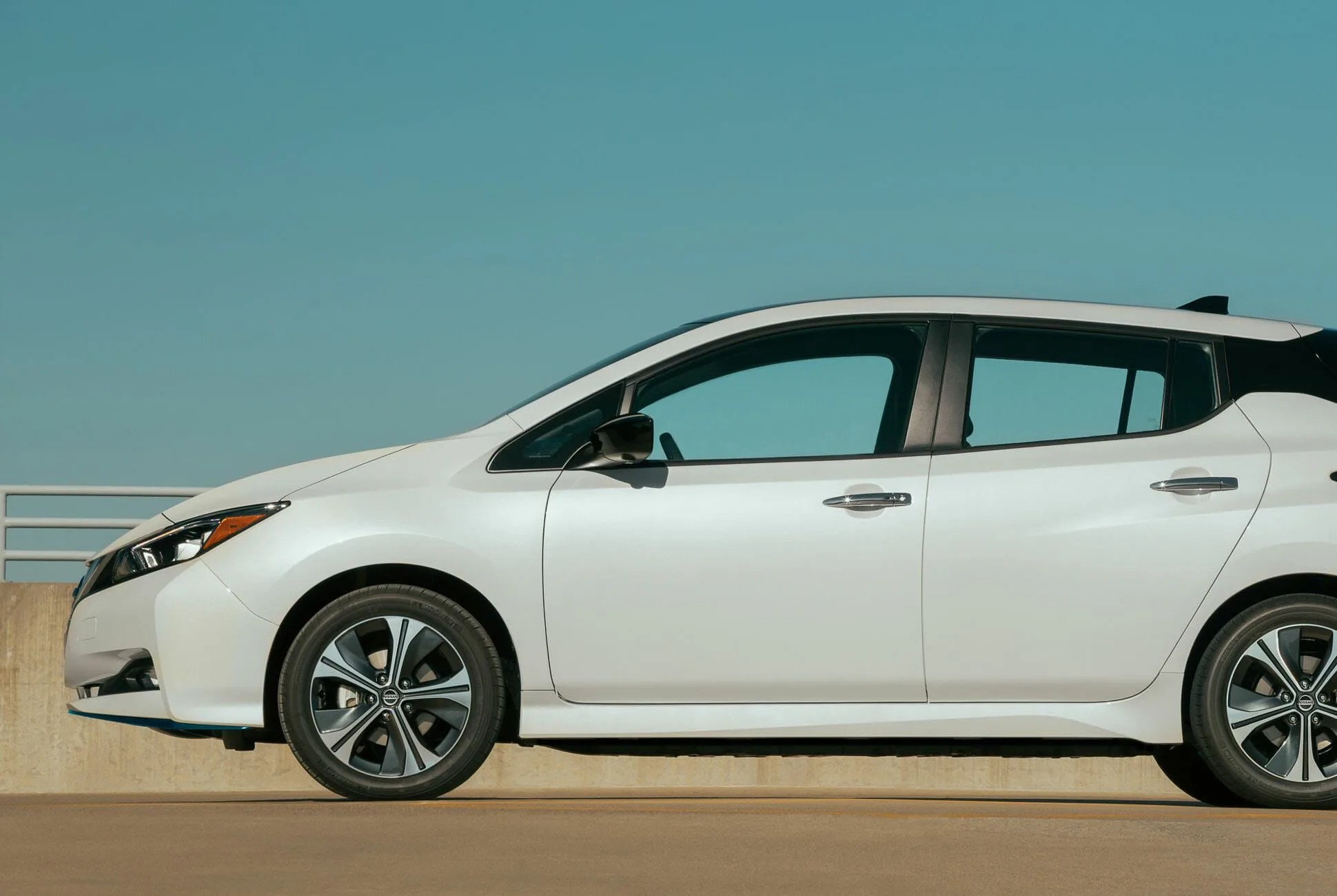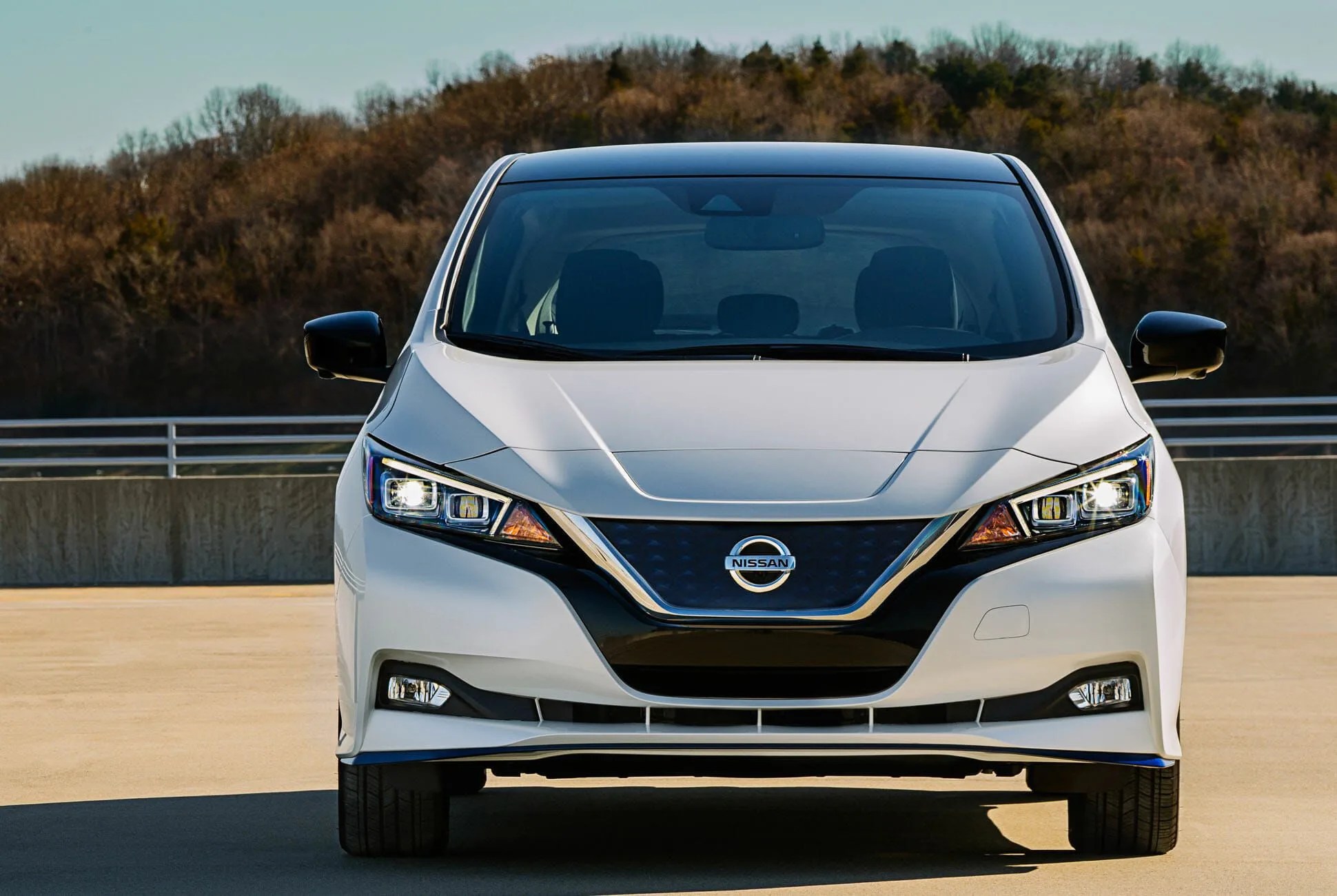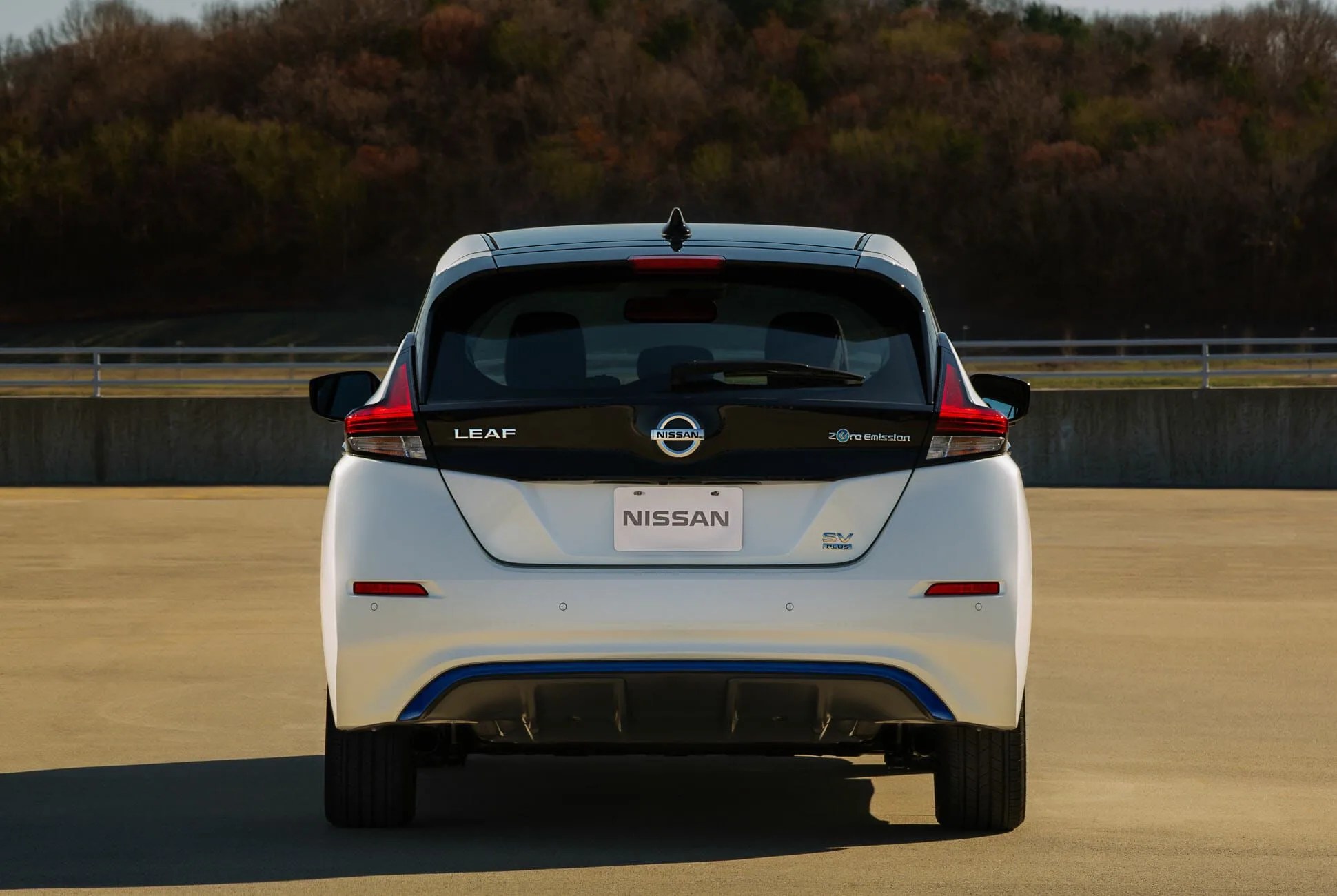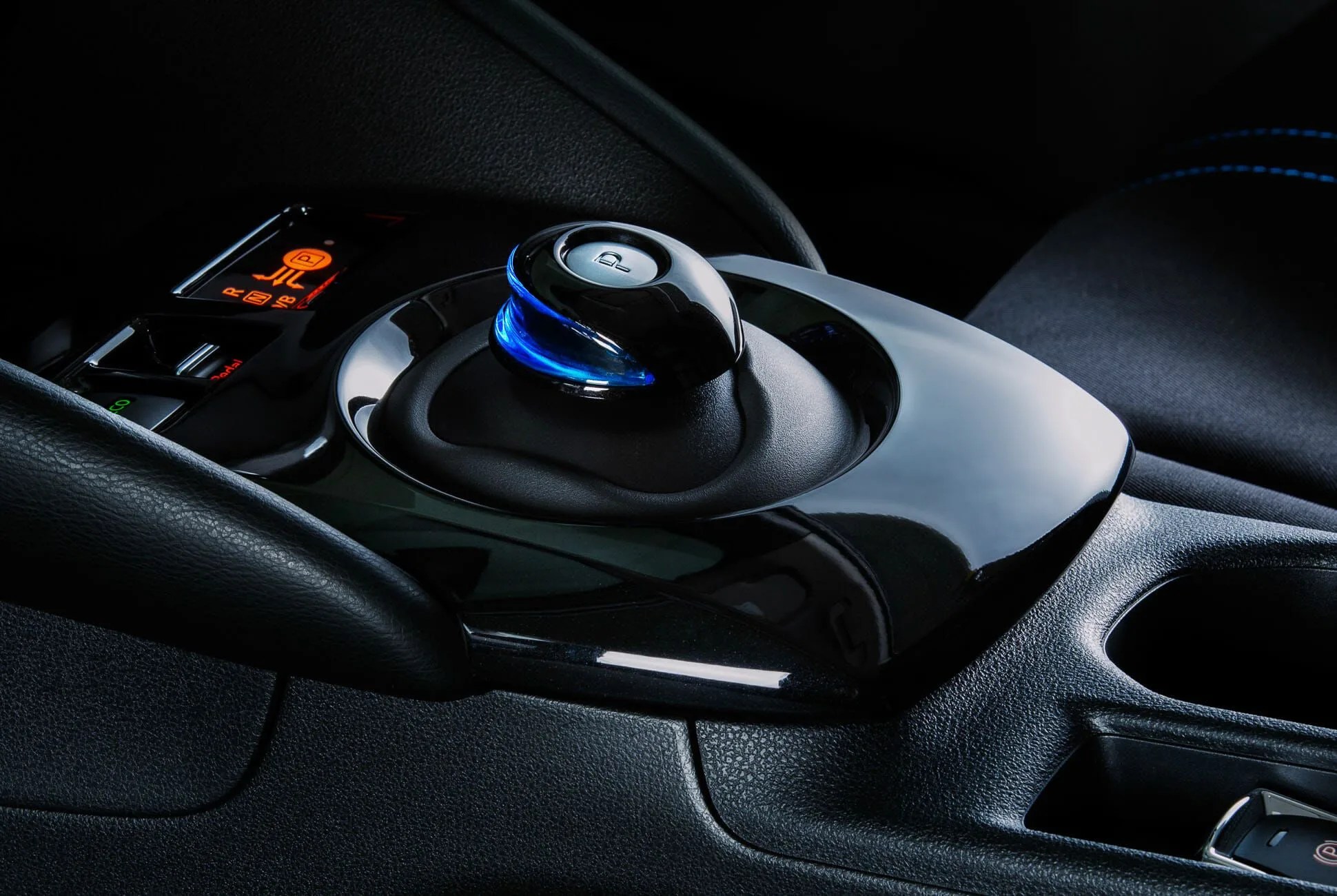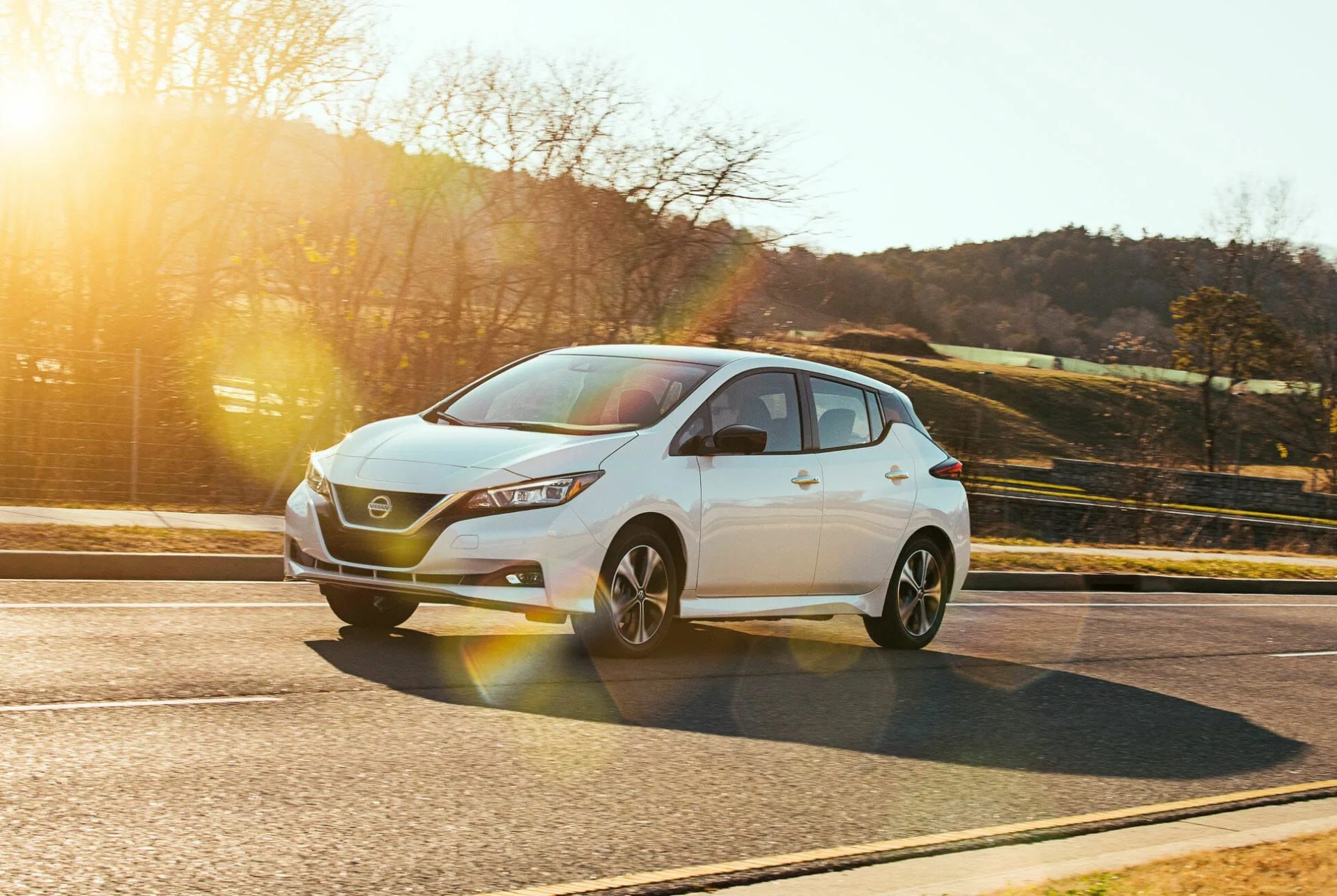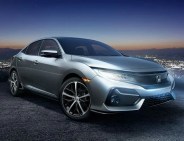6 photos
Tesla may get the credit for kicking off the modern era of capable electric cars, but Nissan was the company that really started the ball rolling. Two years before the Model S hit the streets, the company rolled out the first Leaf. Unlike most other electric cars at the time, which were basically gas-powered cars retrofitted with batteries and motors, it was designed from scratch to be an EV. Its compact hatchback body made it great for city driving, as did the 207 pound-feet of torque available the instant you brushed the accelerator.
Still, there was one big issue: it only went 73 miles on a charge, according to the EPA. Given the vagaries of speed and weather on EV range, that was realistically just enough to knock out the average American’s commute of about 40 miles and little else. It made the Leaf a great second car for many people…and a great primary vehicle for almost no one.
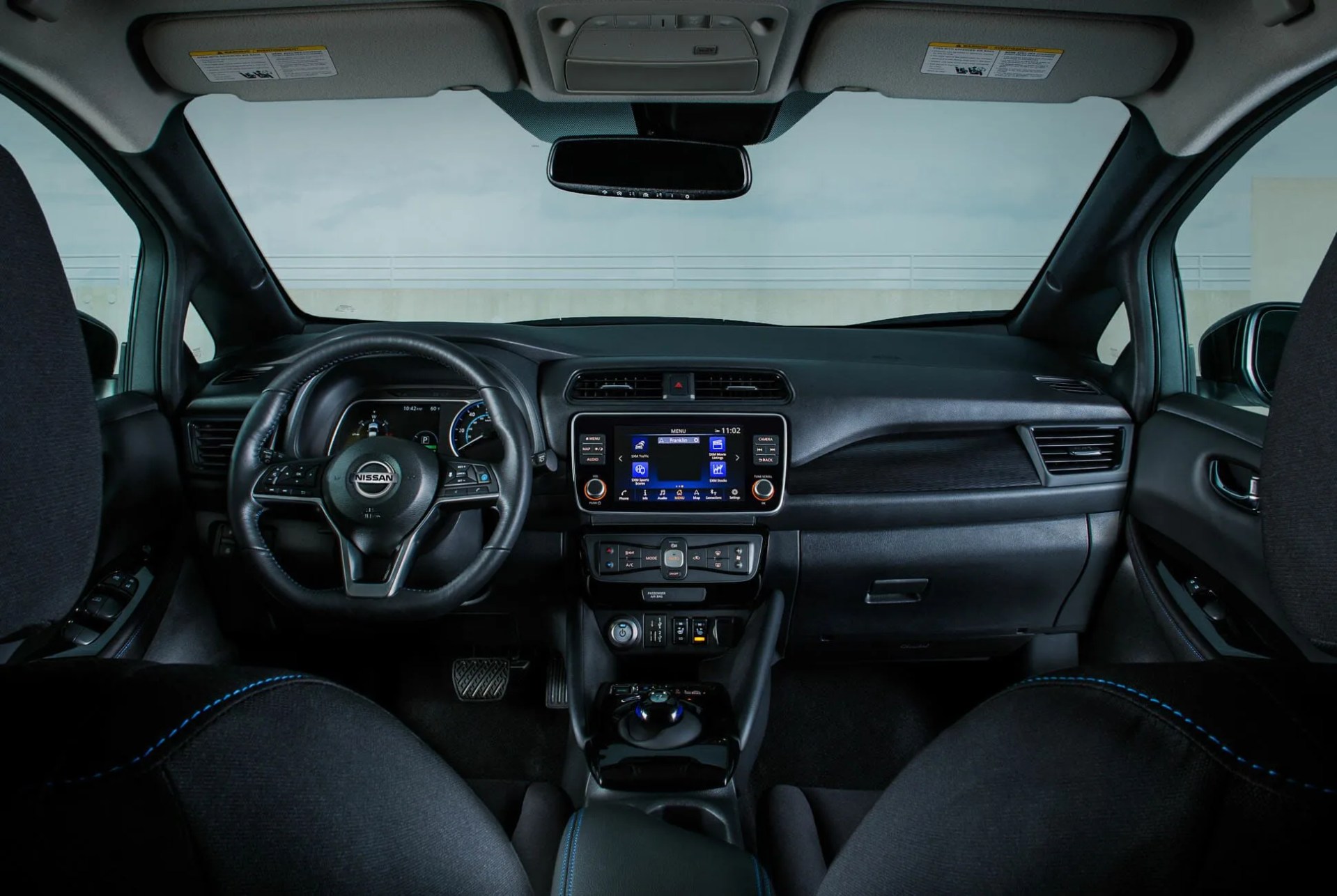
Nissan, to its credit, didn’t neglect the Leaf. Minor hardware updates raised the range to 84 miles by 2013; then, that first 24-kWh lithium-ion battery was replaced by a 30-kWh one for 2015 that bumped range to 107 miles. When the second-generation model appeared in 2018, it came packing 40 kWh of battery packs, enough for a 151-mile range. Then, late last year, Nissan added a second version with a 62-kWh battery that, even though it’s connected to a more powerful electric motor, delivers an EPA-rated 226 miles of range. Here in the United States, it goes by the name of Leaf Plus, and it’s the version we spent a week driving around in.
